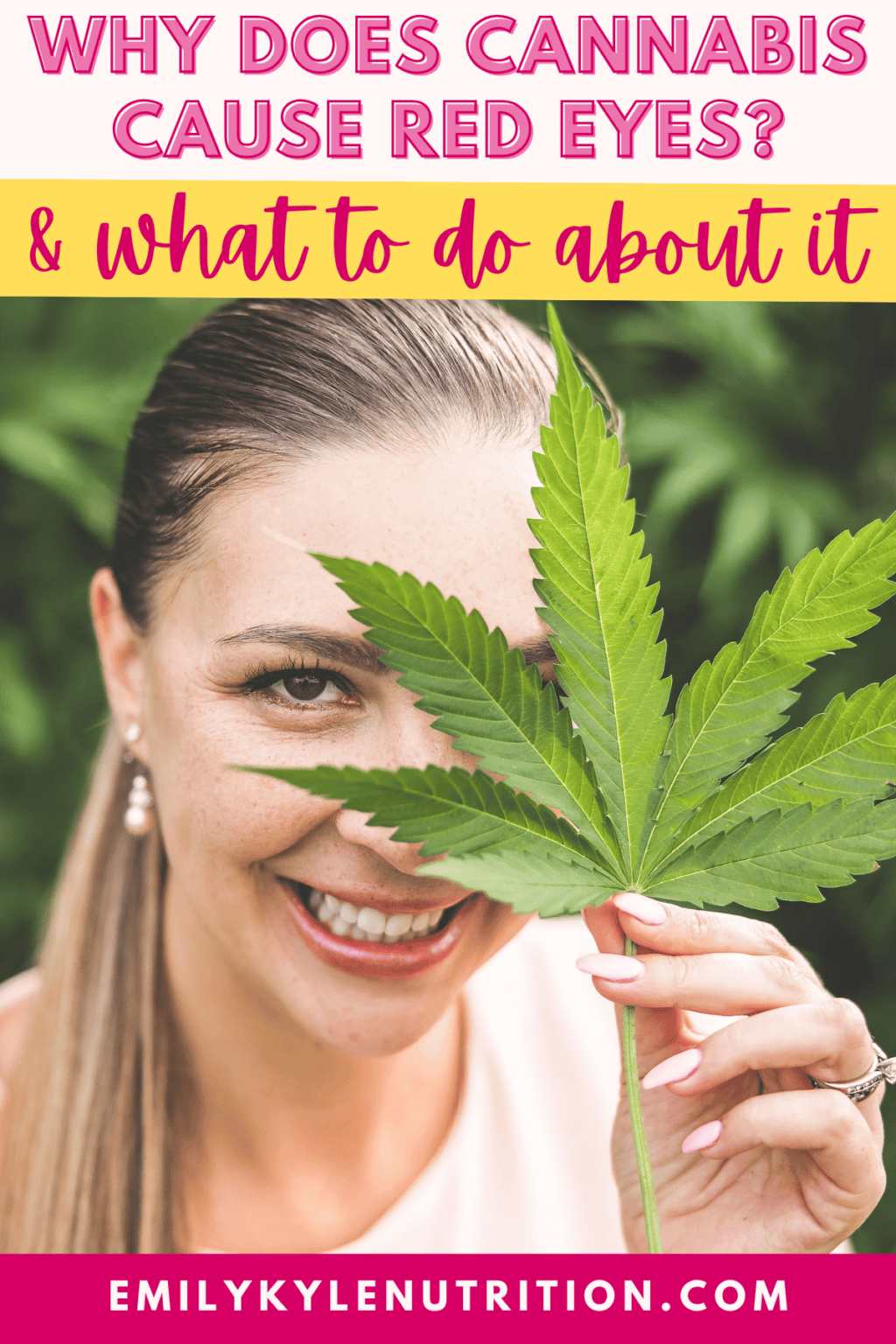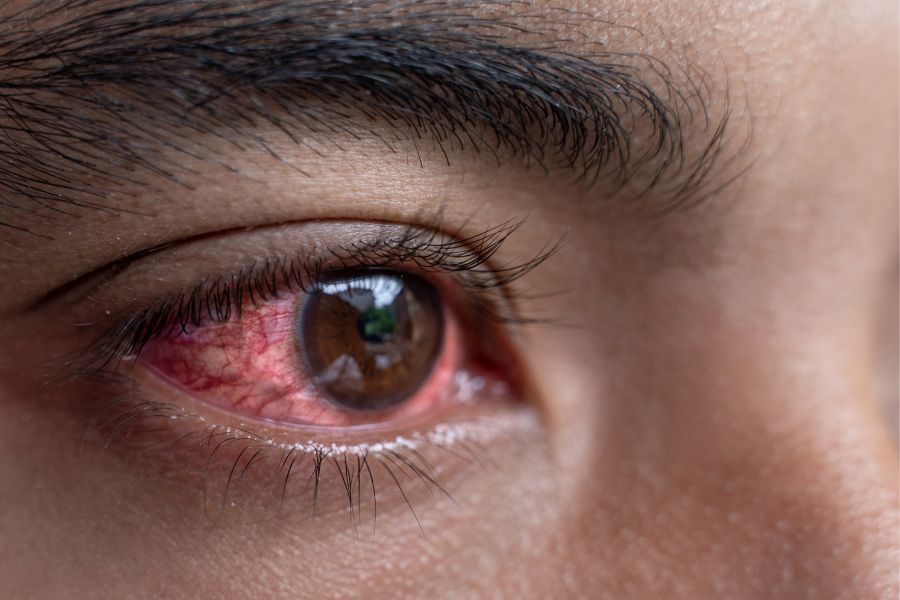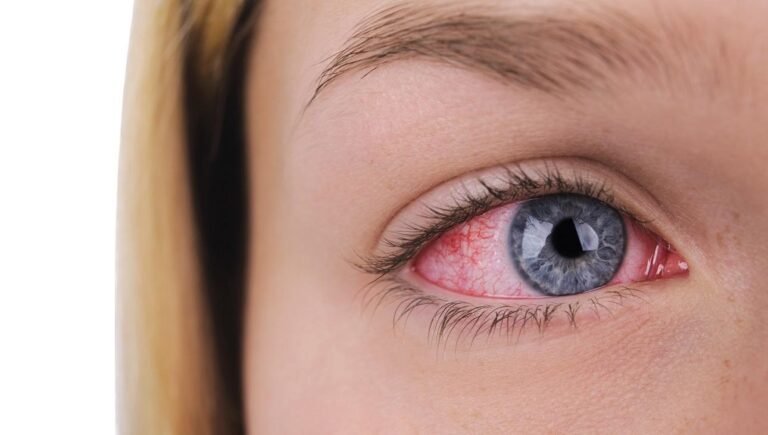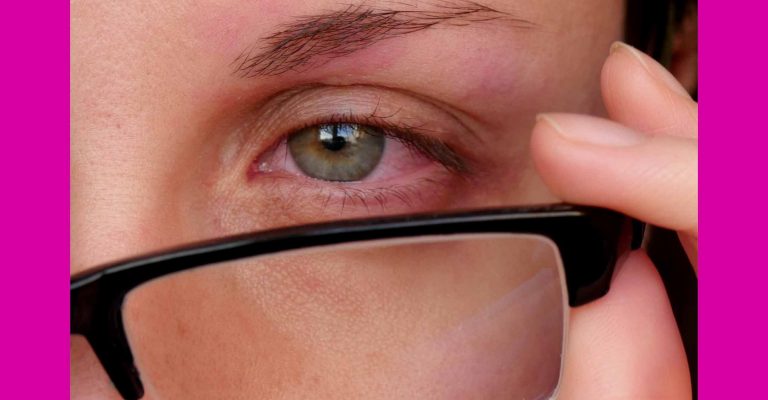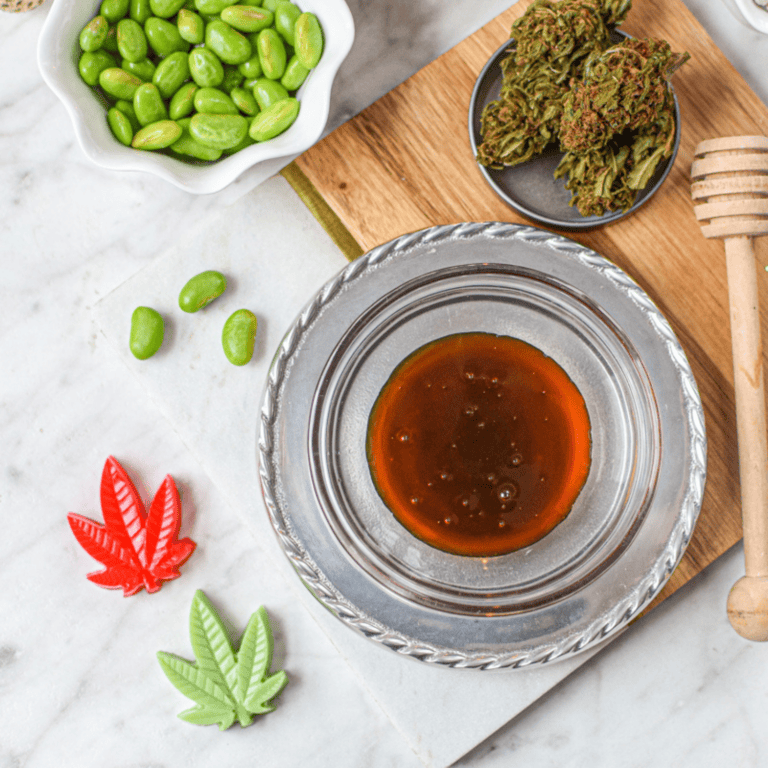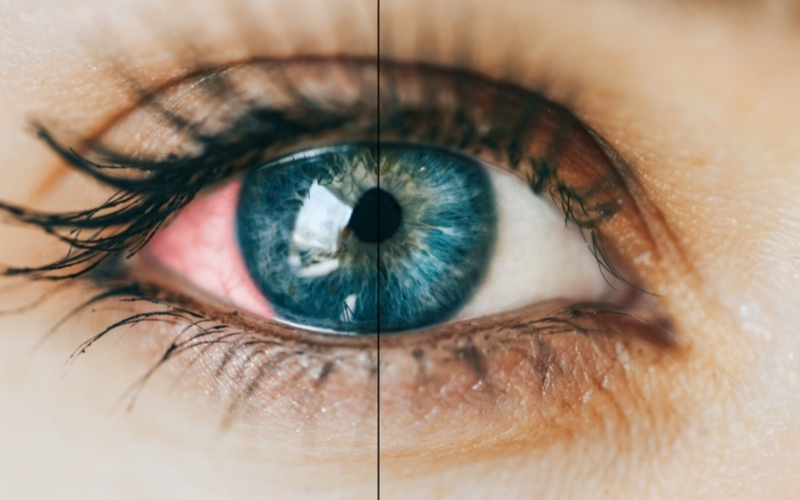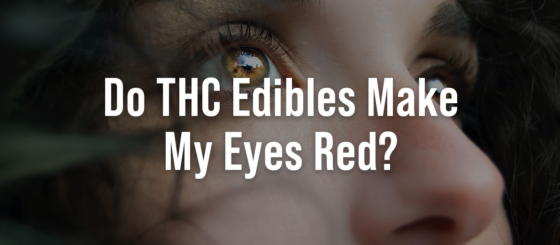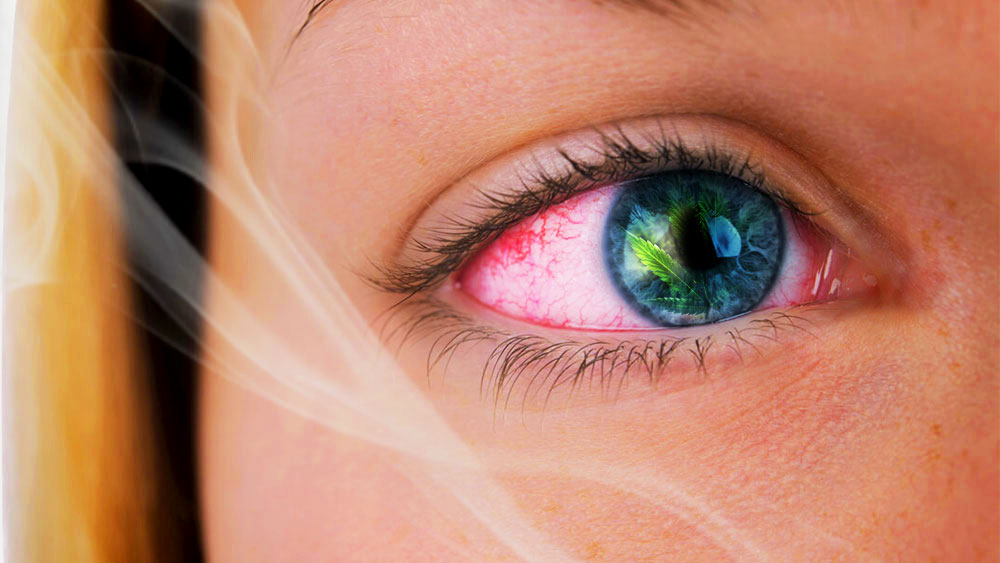Do Edibles Make Your Eyes Red

The telltale redness of eyes has long been associated with cannabis consumption, but is it just from smoking, or do edibles also trigger this common side effect? For those seeking alternative consumption methods or simply trying to discreetly enjoy cannabis, understanding the science behind red eyes and how it relates to edibles is crucial.
This article explores the causes of red eyes after consuming cannabis, specifically focusing on the consumption of edibles. It examines the physiological mechanisms involved, differentiates the effects of different consumption methods, and explores potential strategies to mitigate this common side effect. We aim to provide a clear and objective understanding of the relationship between edibles and red eyes.
The Science Behind Red Eyes
The primary culprit behind red eyes after cannabis use is tetrahydrocannabinol (THC), the psychoactive compound in cannabis. THC lowers blood pressure, which in turn causes blood vessels and capillaries to dilate throughout the body.
This vasodilation includes the blood vessels in the eyes, increasing blood flow and making them appear red. While not harmful, this effect is often noticeable and can be a giveaway of cannabis use.
How Edibles Affect Blood Pressure
When cannabis is smoked or vaporized, THC enters the bloodstream quickly through the lungs. This rapid absorption leads to a near-immediate drop in blood pressure and subsequent red eyes.
However, the process is different with edibles. With edibles, THC is absorbed through the digestive system, leading to a slower and more gradual increase in THC levels in the bloodstream.
The liver metabolizes the THC into 11-hydroxy-THC, which is often considered more potent and has a longer duration of effect. This means the blood pressure lowering effect may be more prolonged, potentially contributing to red eyes.
Edibles vs. Smoking: A Comparison
While both methods deliver THC into the bloodstream, the onset and duration of effects differ significantly. Smoking delivers a rapid dose of THC, leading to a quick drop in blood pressure and a faster onset of red eyes.
Edibles, on the other hand, may result in a more gradual, yet potentially prolonged period of vasodilation. This difference in absorption and metabolism can influence the intensity and duration of red eyes.
Anecdotal evidence suggests that the degree of redness might vary depending on individual factors such as metabolism, dosage, and tolerance to THC.
Minimizing Red Eyes After Consuming Edibles
While complete prevention may not be possible, several strategies can help minimize the redness. Staying hydrated is crucial; dehydration can exacerbate the effects of THC and potentially worsen red eyes.
Using over-the-counter lubricating eye drops can help alleviate dryness and reduce the appearance of redness. These drops constrict blood vessels in the eyes, counteracting the vasodilation caused by THC.
Certain foods and drinks may also help regulate blood pressure. Consuming foods rich in antioxidants and staying away from substances known to increase blood pressure could be beneficial.
It is important to consult with a healthcare professional before using any medications or supplements, especially if you have underlying health conditions or are taking other medications.
Legal and Social Implications
In regions where cannabis use is legal, red eyes might be a minor concern. However, in areas where cannabis remains prohibited, red eyes can lead to legal repercussions.
Even in legal jurisdictions, red eyes may carry social stigmas. In professional environments or social gatherings where cannabis use is frowned upon, individuals might want to minimize these effects.
Understanding how edibles affect your body, including the likelihood of red eyes, is crucial for responsible and discreet consumption.
Expert Opinions and Studies
While extensive research specifically on edibles and red eyes is limited, experts agree that THC's impact on blood pressure is the primary factor. Dr. Jane Doe, a leading cannabis researcher, explains that vasodilation is a well-documented physiological response to THC.
“Whether it's from smoking or edibles, THC's interaction with the endocannabinoid system leads to a decrease in blood pressure, and consequently, red eyes,” she states. This highlights that the route of administration influences the timing of the effect, not necessarily the effect itself.
Studies on cannabis and blood pressure have consistently demonstrated a link between THC consumption and vasodilation. However, more research is needed to fully understand the nuanced differences between various consumption methods.
Conclusion
Edibles can indeed cause red eyes due to the THC content affecting blood pressure and causing vasodilation. While the onset and duration might differ compared to smoking, the underlying mechanism remains the same.
By understanding the science behind red eyes and implementing strategies to minimize the effect, individuals can enjoy edibles more discreetly and responsibly. Staying informed about cannabis effects is essential for making educated consumption choices.
Further research and open discussions will continue to shed light on the various effects of cannabis and contribute to safer, more informed usage practices. Ultimately, knowledge is key to responsible consumption.



